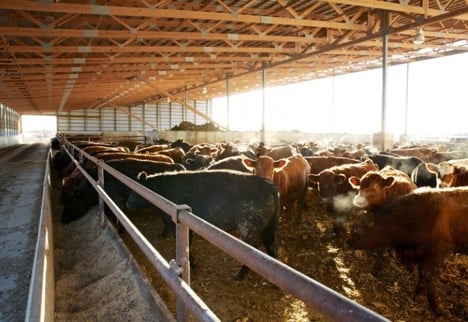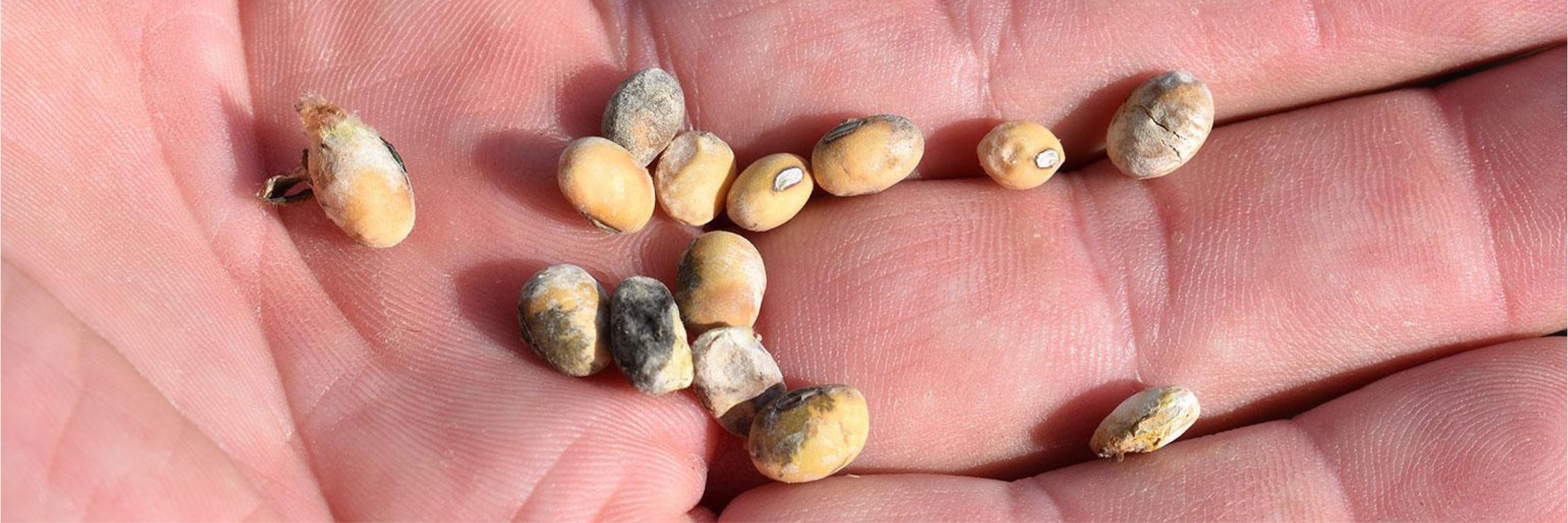Damaged Soybeans Used as a Feed Source
Late season wet weather in some areas has caused less than ideal harvest conditions for soybeans. That has resulted in a deterioration in soybean seed quality and discolored beans. Soybeans that do not meet the elevator’s requirements are rejected or heavily discounted. But some cattle producers are resourcefully using the soybeans for cattle feed. Producers are advised to test soybeans for the presence of molds before introducing them to a feed ration.

University of Nebraska notes that soybeans typically are 40 percent protein and can be used in rations fed to cows, developing heifers, and in growing and finishing rations. Because soybeans are also comprised of 20 percent fat, rancidity can become a problem in warmer climates, but it is less of a risk in cold temperatures.
Always introduce changes in diets gradually. Whole soybeans in a ration should be kept to less than 10-20 percent on a dry matter basis. Too much fat can upset the bacterial balance in the rumen. University of Nebraska also reminds growers that urea should not be used in rations if raw soybeans are being fed to avoid ammonia toxicity.
For more resources, see: Whole Raw Soybeans as a Cost Competitive Protein Supplement for Cows and Calves.
Ready to learn more about our facilities? Request your FREE Improving Cattle Profits Info Kit Now.
Do you have more questions that are not covered in this article? If you need help designing and planning, please contact Summit Livestock Facilities at 800.213.0567 or click here to email us. If you are ready to get a price, click here to request a quote and a member of our customer engagement team will help you determine the next steps of your project.


